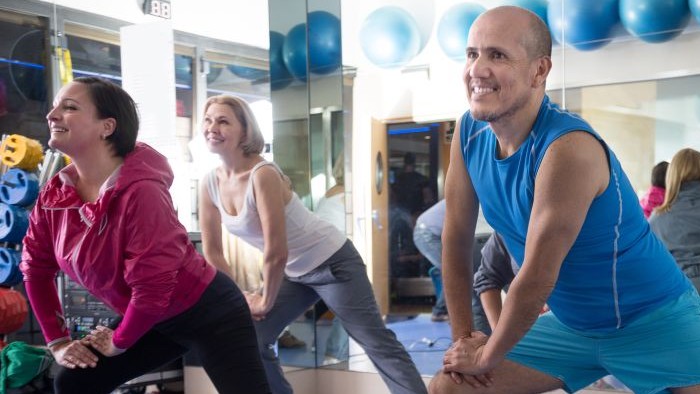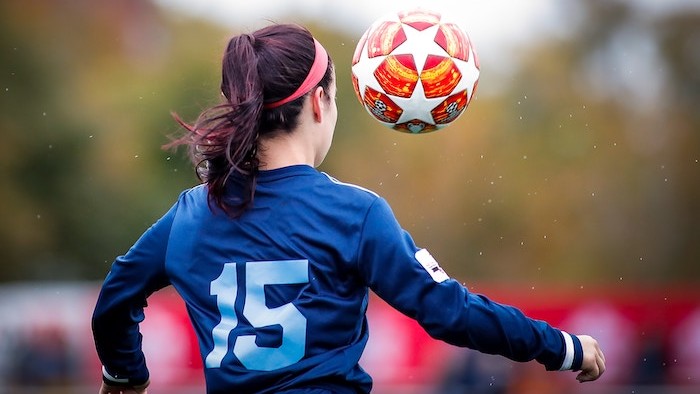The rising cost of living and its impact on sport and physical activitywas produced by experts at Sheffield Hallam University on behalf of Sport England to help activity providers understand the impact cost of living is having on their participants.
Rising living costs in England have been caused by various factors such as the coronavirus (Covid-19) pandemic, the war in Ukraine, supply chain problems and higher interest rates, as well as inflation and low wage growth.
The report found:
- Participation rates in physical activity have remained stable compared to pre-Covid levels.
- The increased cost of living has led to people changing their behaviours in relation to activity, and these changes are unlikely to be reversed until household finances improve.
- People from the most deprived areas and from lower socioeconomic backgrounds are more likely to say their levels of physical activity have been negatively affected by cost-of-living increases.
- Club activities are nearing pre-Covid levels, but cost pressures, especially from rising energy prices, affect club finances which in turn, is making access less affordable for some.
- Some facility providers are reporting concerns regarding increases in utility costs and are responding by reducing sessions and increasing fees.
Cost of living pressures are also having an impact on the sport and physical activity workforce with some people volunteering less due to time constrains, meaning that other people are volunteering more due to demand.
Paid staff, especially those with low wages or in casual positions, are leaving for better opportunities elsewhere, while some employers are considering redundancies and closures due to budget constraints.
David Barrett, research fellow in Sheffield Hallam University’s Sport Industry Research Centre, said: “We’re delighted to be reporting on this critical issue for Sport England, particularly as cost of living pressure continue to affect people’s ability to participate in sport and physical activity.”
“While the headline rate hasn’t changed significantly, there are some subtle but notable long-term shifts in participation patterns evident in the data. Covid-19 brought into sharp focus the gap between the most and least active sectors of the population, and the combined effect of inflation, interest rates and energy prices has been to widen that gap.”
“One of the most interesting aspects of the research is the response of voluntary clubs to cost pressures. These organisations withstood the impact of Covid lockdowns by adapting their provision swiftly and decisively. Their ability to learn those lessons and continue to innovate in response to these new pressures with skill and ingenuity, proves that they are among the most resilient organisations in the sector.”
Nick Pontefract, chief strategy officer at Sport England, said the report demonstrated how the cost of living was changing the way some people are choosing to engage with sport and physical activity.
“Today’s report shows that in common with much of the economy, the cost of living is impacting on affordability of physical activity and sport particularly for the most disadvantaged,” he said.
“While these headwinds inevitably impact all areas of life including work to increase physical activity and participation, the sector has been remarkably resilient and creative in sustaining opportunities for people to keep active.
"We also know there are plenty of low and no cost options for getting active, whether that's running for free with parkrun, using outdoor gym equipment that can be found in many parks or simply going for a walk.
“At Sport England, we’re doing everything we can to support the sector through this time.”



